In mice, long-term memory storage was improved by scientists. As follows
March 31, 2023Tweet

Researchers in New York developed a virtual reality maze for mice in an attempt to demystify a question that has been plaguing neuroscientists for decades: how are long-term memories stored? They found that the mice’s memories were actually rooted through the anterior thalamus, an area of the brain that scientists haven’t typically associated with memory processing. This suggests that the thalamus could play a vital role in converting short-term memories to long-term memories, and could be a key area of study for researchers attempting to help patients who suffer from conditions such as Alzheimer’s. Rajasethupathy, an associate professor at Rockefeller University and one of the coauthors of a peer-reviewed study published in the journal Cell this week, noted that neuroscientists have long known that memories take shape in the hippocampus, but how memories travel from one area to another has been mysterious for more than 50 years. New technology enabled the team to trace how memories are traveling as the mice learned to navigate a maze.
The study led by Rockefeller graduate students Andrew Toader and Josue Regalado, working inside Rajasethupathy’s lab, involved strapping mice into a headpiece and using optical fibers to record their brain activity. The maze took them into various “rooms” that offered either incentives or deterrents. The mice returned to the maze for days, enough time for them to create long-term memories. The researchers used chemicals to inhibit parts of the mice’s brains to determine how it affected their ability to create and store memories. They found that the anterior thalamus was a crucial waypoint for these memories, and by stimulating that area in the rodents’ brains, the researchers were able to help mice retain memories that they would usually forget.
The study found that mice need the anterior thalamus to consolidate memories, but that by activating it, they could enhance consolidation of a memory that mice would usually forget. Rajasethupathy noted that the study does not indicate that traveling through the anterior thalamus is the only route memories can take on their way to long-term storage. The long-term memory storage process takes weeks in rodents, whereas it can take months for humans. It is possible that different types of memory take different highways, and the thalamus may not be involved in the same manner for both types of information. Frank, the UCSF professor, said the study will have broad implications for future research, spurring more investigations into the thalamus’ role in memory storage.
Comments
Related news

Kiev will receive long-range assault drones from London.
Read more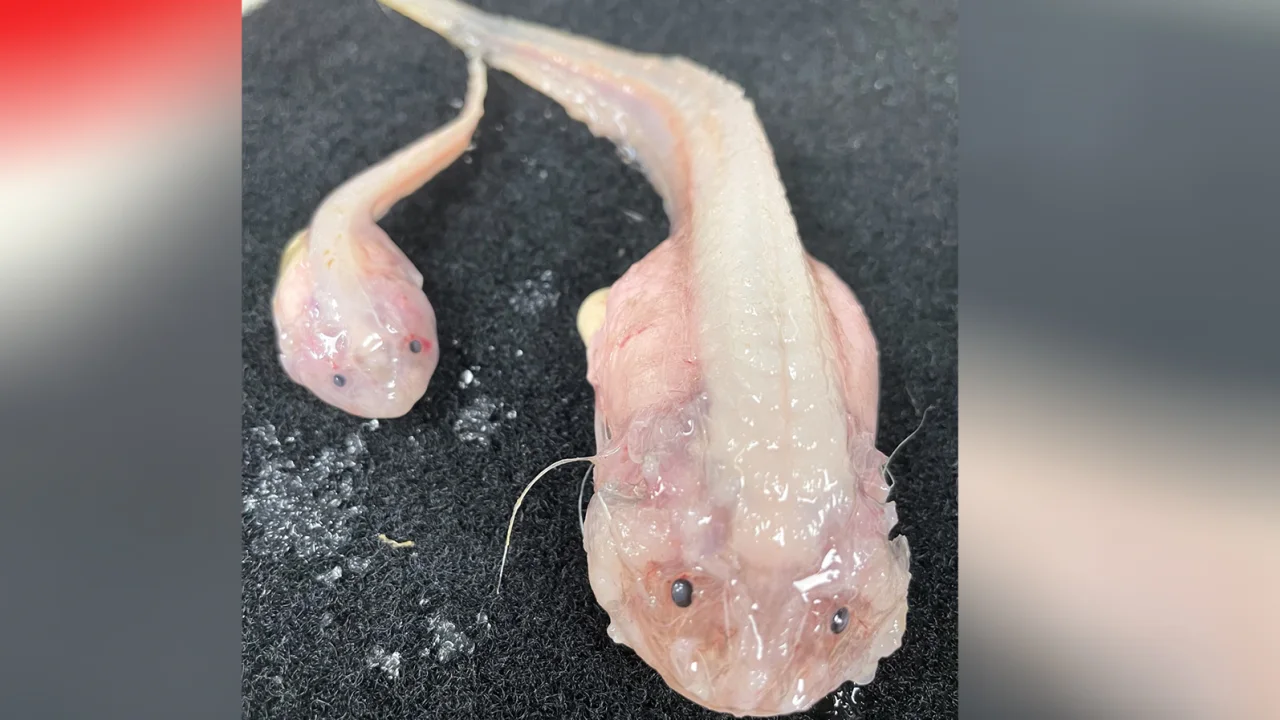
Deepest fish ever captured on camera by scientists off Japan
Read more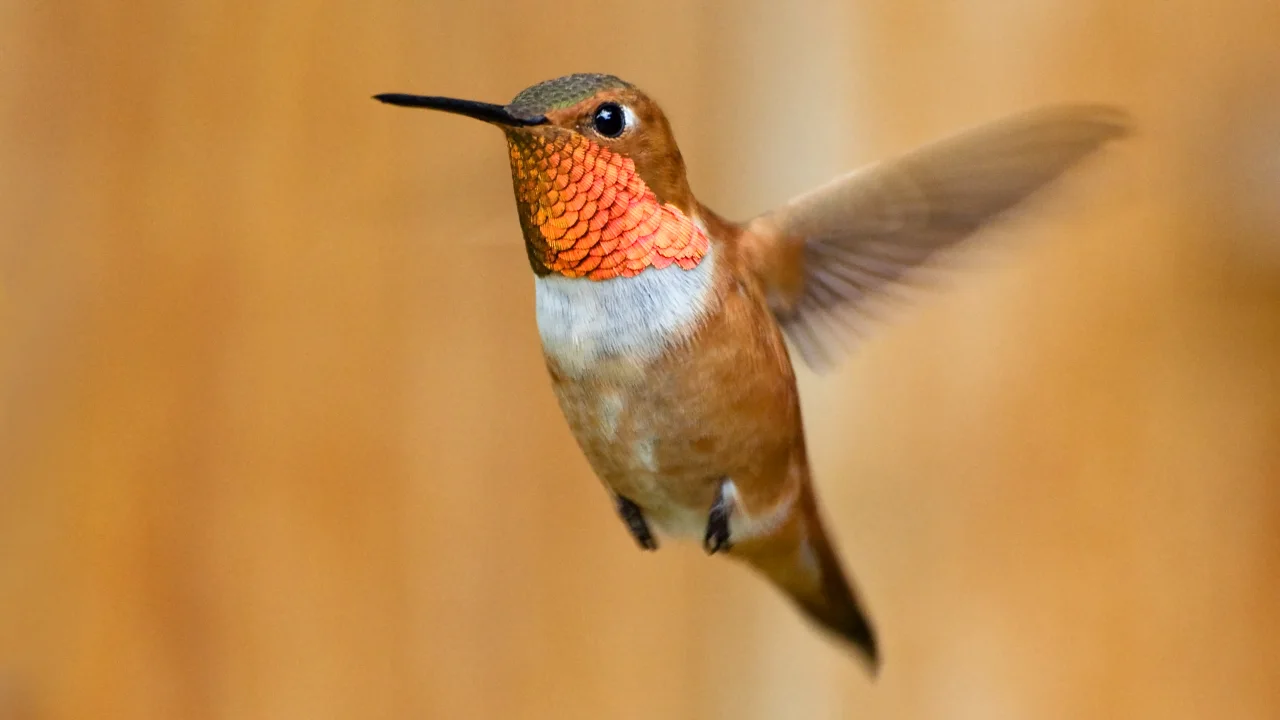
These small animals are struggling to live, but they are failing. What we can do to rescue them is as follows.
Read more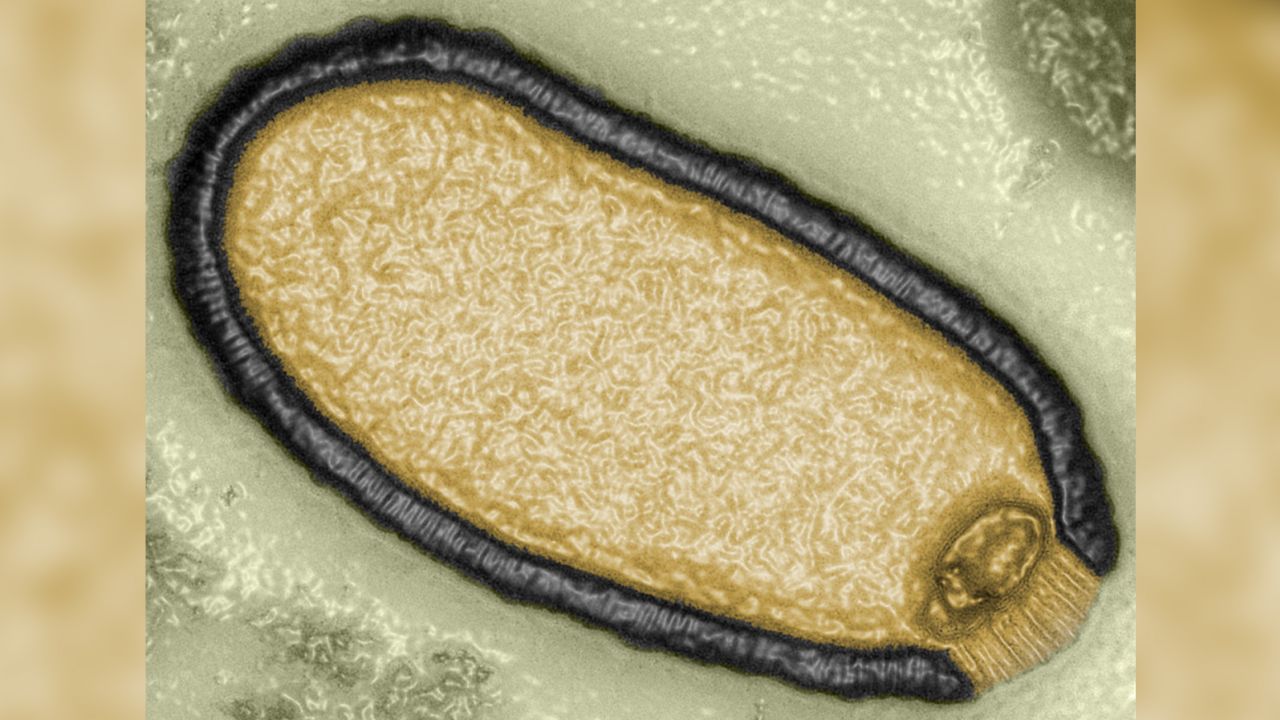
A "zombie" virus that was frozen in permafrost for 48,500 years has been awakened by scientists.
Read more
Miguel Diaz-Canel, president of Cuba, is elected to a second term
Read more
Long-term nuclear agreement signed by Russia and China
Read more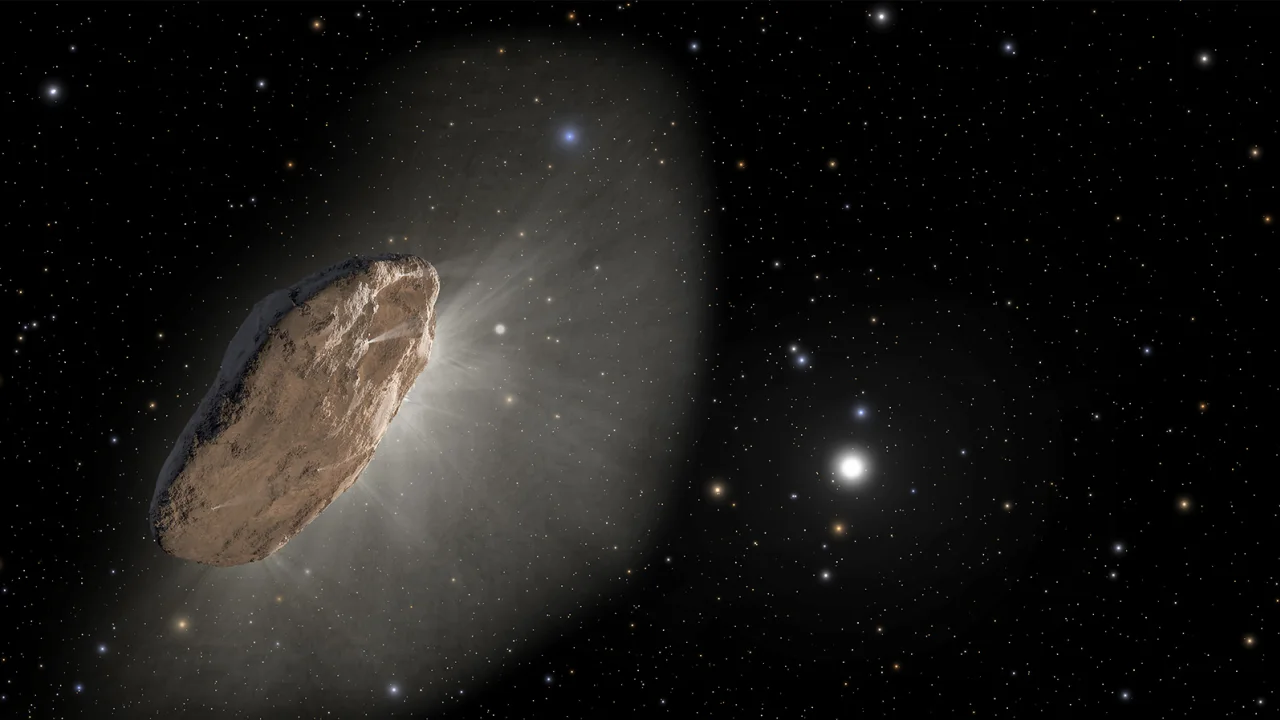
What propelled an interstellar comet into our solar system is revealed by scientists.
Read more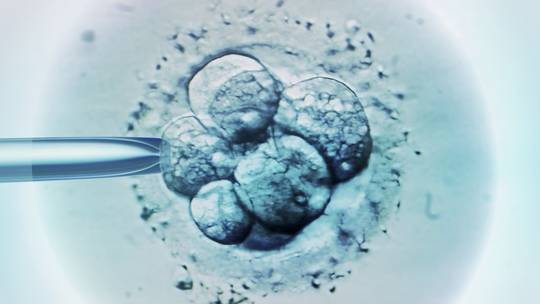
Researchers have generated in the lab mice with two dads.
Read more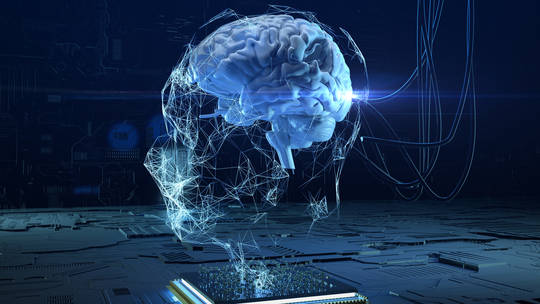
Will people eventually turn into machines themselves? ChatGPT might have long-lasting effects on how people learn and make decisions.
Read more